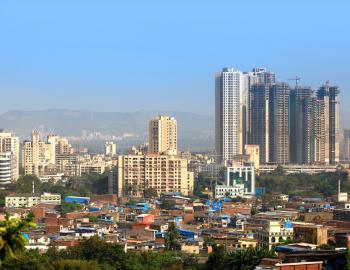REPORT: Climate compatible development: pathway or pipe dream?
REPORT: Climate compatible development: pathway or pipe dream?
Simon Maxwell, CDKN's Executive Chairman, gave the Anniversary Lecture 2015 at the Centre for Policy Dialogue (CPD), Dhaka, Bangladesh, in January 2016, with an introduction from CPD's Executive Director Mustafizur Rahman.
In the lecture, reproduced here in full, Mr Maxwell addressed the challenges posed by climate compatible development and asked: Is there a clear pathway towards ‘zero poverty, zero emissions’ – eradicating poverty and simultaneously saving the planet? Or are the trade-offs and competing interests so great that this is merely a pipe dream?
In summary, Mr Maxwell argues:
The Sustainable Development Goals (SDGs), agreed in September 2015 by the United Nations (UN) General Assembly, and the Paris Agreement adopted in December 2015 under the UN Framework Convention on Climate change (UNFCCC), together demand economic and social transformation. This is true despite the fact that the concrete mitigation commitments made by countries in the Paris Agreement amount to only about a quarter of those needed by 2030. In the longer term, far more radical cuts will be needed to achieve the complete elimination of CO2 by 2070, and of other greenhouse gases well before the end of the 21st century.
Climate compatible development provides a framework for thinking about the transition pathway needed to deal with changes on this scale, while simultaneously achieving the poverty reduction and other targets embedded in the SDGs. It emphasises mitigation and adaptation within countries, but also the impacts on individual countries of transformation in the wider global economy. In this context, innovation becomes a key concept and competitiveness an essential tool.
Theoretical pathways to zero poverty, zero emissions are well established, and appear particularly attractive when co- benefits like improved air quality and lower congestion are taken into account. However, the transition pathway is not friction-free. Three elements need to be assembled: policy leadership; policy design; and policy implementation.
The many issues raised by climate compatible development are familiar within the field of development studies. Future work on climate and development must be informed by the lessons of past development research and policy-making, and must build on the values held by those working in the field.



